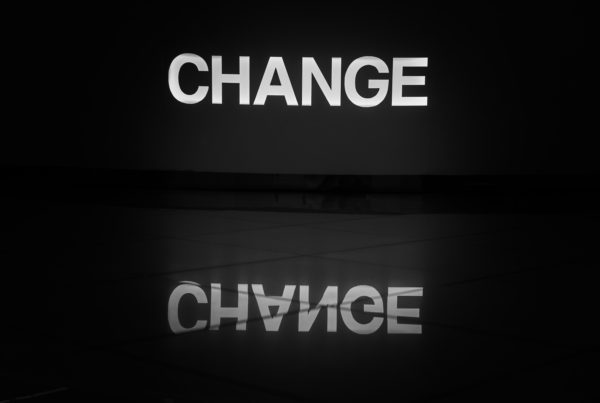To win contracts with large government buyers and private sector purchasers, big suppliers need to demonstrate how they engage with smaller suppliers as subcontractors. Initially, this ability will be a competitive advantage, but over time it will devolve into necessary table stakes.
BDC defines small and medium-sized enterprises (“SMEs”) as those with fewer than one hundred employees. By number, they make up 98.2% of firms in Canada.
In the US, coincidentally, 98.2% of businesses by number have fewer than one hundred employees.
Before the Covid pandemic, in Canada, large enterprises won a massively disproportionate share of government third-party spending on goods and services. Businesses that represent 1.8% of businesses by number won 65% of spend by value.
Many SMEs are owned by women (39% in the US), visible minorities (29% in the US), and indigenous people.
We have written elsewhere about the importance of diversity and inclusion in procurement. It has never been more important, perhaps, than in this moment.
So, the question arises: what does sourcing in a post-Pandemic world mean for SMEs?
A deterministic view of the world is one that argues for optimizing for cost in procurement, like an engineering problem. An uncertain world, however, requires a risk management approach to acquisition that maximizes the potential upside, while minimizing the possible downside.
Risky behaviors that seemed okay in a pre-Pandemic world exposed the downside of cost minimization including actions such as concentrated purchasing in sketchy overseas locations to obtain lowest price, or the existence of suppliers to suppliers who were financially or operationally vulnerable to disruption, etc. In a pre-Pandemic world, everyone wrote naked puts, to use the parlance of financial markets.
Part and parcel of the post-Pandemic environment is the concomitant focus on social justice. Customers want to make sure that the companies which make the goods and services they purchase source in a way that is sensitive to the interests of those who have been disadvantaged.
Combined, these concerns make for a tremendous interest in supplier visibility: the amount and quality of information about all the players in a buyer’s supply chain, including data about their financial and operational wherewithal. This is difficult to execute.
The easy out is to outsource, in effect, the judgment over a buyer’s supply chain to a large supplier. By shifting even more of their spend with third parties to large suppliers, purchasers rely more intensively on these prime contractors to manage the supply chain for them.
This relegates SMEs increasingly to the role of indirect suppliers, participating in the supply chain more and more so as sub-contractors, or shrinking their business if they cannot establish such relationships.
Buyers may not be paying attention to this issue in the immediate aftermath of Covid, but the social and commercial pressures to ensure (and to prove) that their prime contractor is sourcing appropriately from the right kinds of sub-contractors will build.
Large vendors should embrace this change and get in front of it.
By demonstrating that they are engaging and mentoring SMEs as sub-contractors, large suppliers can obtain a competitive advantage over their competitors who do not.
Of course, the prime contractor will need to consider the quality of these SMEs as suppliers first in their primary sub-contractor channel.
Put another way, it is best for these SMEs to approach prime contractors as suppliers, not as some of Corporate Social Responsibility obligation. SMEs that come through a Corporate Social Responsibility channel risk the prime discounting their quality and overestimating their risk excessively due to implicit bias.
Over time, more and more large buyers will include categorical points for demonstrating depth of collaboration with smaller sub-contractors (especially those from historically disadvantaged provenance) in evaluating bids. What is now competitive advantage (when few perform the function) will be seen as necessary. It is best to get in front of the trend now.
EdgeworthBox is a platform that sits in the procurement technology stack to augment inexpensively the functionality of the current purchasing infrastructure, be it a combination of email and spreadsheets or the latest whiz-bang source-to-pay system. Our objective is to make sure that when a buyer executes an RFP, they can do so in a way that leads to more supplier proposals.
EdgeworthBox is well suited for primes looking to manage the sub-contractor relationship and to demonstrate their performance to their customers.
Buyers get superior value-for-money, even as suppliers get a simpler process with less bureaucracy, lower costs of response, and a faster sales cycle. Give us a shout.




